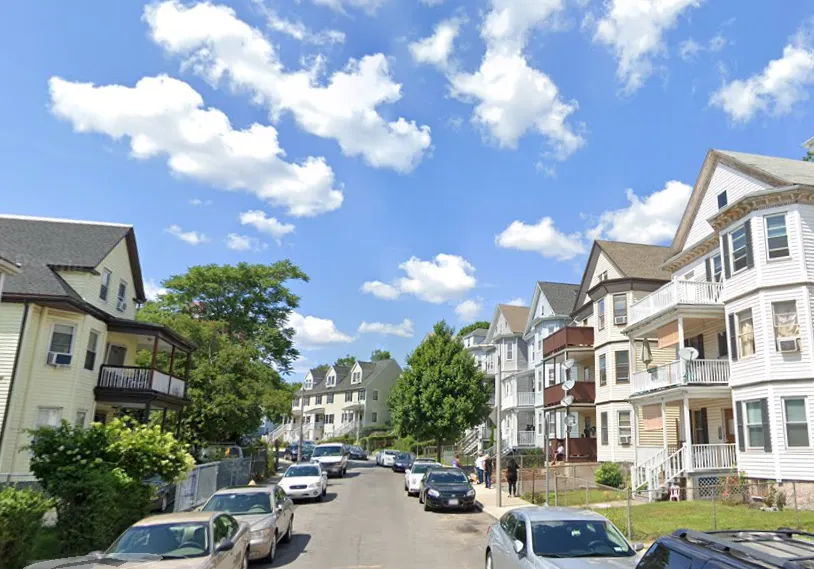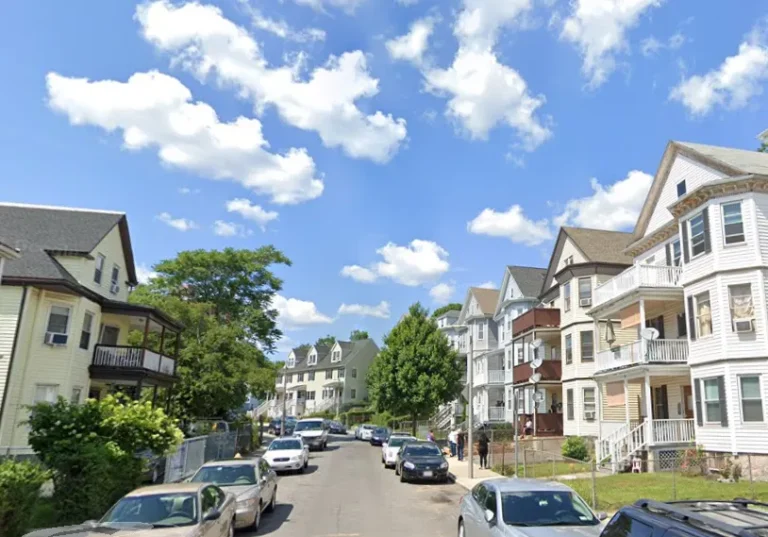
Nevertheless, a study by Parthasarathy et al. in 2015 showed that there were changes in the oxidative stress parameters during the withdrawal and remission of withdrawal phases. During the withdrawal phase, higher malondialdehyde and SOD levels were reported in the group of participants with alcohol withdrawal symptoms, while their CAT levels were lower than the control group 189. Elevation of plasma thiobarbituric acid-reacting substances (TBARS) levels and vascular generation of superoxide anion were noted in male Wistar rats treated with 3–9% v/v ethanol for 21 days and abruptly discontinued to induce withdrawal 190.
- It’s difficult to predict who will and who won’t experience alcohol withdrawal — and how severe it will be.
- These data demonstrate that CRF, particularly in the CeA, is the site of regulation of uncontrollable ethanol consumption following withdrawal in alcoholics 153.
- Alcohol consumption spans a spectrum ranging from low risk to severe alcohol use disorder (AUD).
- Besides that, the increment in activity levels of both antioxidative enzymes SOD and CAT was more significant in stressed wild type mice, indicating that BDNF confers tolerance to stress-induced oxidative damage.
- The frequency and setting for outpatient monitoring of AWS should be guided by symptom severity, risk of complications, and social factors, including reliable social support and a safe home environment.
Introduction ‐ Medical Burden of Alcohol Abuse
As such, upon ethanol cessation, the CNS finds itself in a deficiency state, which produces an urge for ethanol supply to compensate the neurotransmitter (dopamine) shortage. This, in turn, results in craving behaviour as the person consumes ethanol continuously to relieve discomfort or pain during ethanol withdrawal. In patients who present with seizures, a thorough neurological and general medical evaluation is a must to detect alternative cause of seizures. Patients with new onset seizures should preferably undergo brain imaging.
Alcohol Withdrawal Timeline And Symptoms

The frontal lobe of the cerebral cortex has several important functions contributing to human qualities. It is involved in the planning of various goal-directed behaviours, the recognition of future consequences of current behaviour, the selection between good and bad actions, and the retention and modification of emotional memories derived from the limbic system to fit socially does drinking make your depression worse accepted norms. Besides that, the frontal lobe is deemed the moral centre of the brain, as it plays an important role in advanced decision-making processes 44. If you don’t already have a supportive network, you can make new connections by joining social media communities dedicated to alcohol-free living.

Who is at risk for alcohol withdrawal syndrome?

A rare but very serious syndrome called delirium tremens can occur during alcohol withdrawal. Also known as DTs, an estimated 2% of people with alcohol use disorder and less than 1% of the general population experience them. Binge drinking—consuming large quantities of alcohol in a short time—can have especially harmful effects on both physical and mental health. The link between depression and binge drinking is particularly concerning because the emotional lows following a binge are severe. The diagnosis requires adequate history of the amount and frequency of alcohol intake, the temporal relation between cessation (or reduction) of alcohol intake and the onset of symptoms that may resemble a withdrawal state.
Binge ethanol-treated NP rats, on the other hand, showed reversible ventriculomegaly with 70% volumetric expansion when compared to basal and recovery levels. However, there were no treatment differences during the three phases within the time frame of baseline, binge, and recovery, where NP rats of the control group recorded identical ventricular volume as those binge-treated with ethanol. Considering the degree of ventriculomegaly in binge ethanol-treated NP rats was smaller than Wistar and P rats receiving equivalent dosing, NP rats may be more resistant towards structural brain alterations due to high BALs. As a result, marked ventriculomegaly after binge ethanol administration appears to be a Wistar rat-specific phenotype. As opposed to the unique effects of binge ethanol therapy on ventricles, all three groups of rats had lower binge NAA and tCr levels than basal and recovery levels, but Glu levels remained unchanged, reflecting a consistent overall response.
Management and Treatment
Since oxidative stress was proposed as one of the causes of depression, and because lower levels of BDNF are linked to emotional despair, Hacioglu and collaborators studied the neuroprotective effect of BDNF on stress-induced oxidative damage in transgenic male mouse models. Besides that, the increment in activity levels of both antioxidative enzymes SOD and CAT was more significant in stressed wild type mice, indicating that BDNF confers tolerance to stress-induced oxidative damage. However, the enzymatic activity of SOD was comparable across study groups, which could be largely attributed to the detrimental effects of corticosterone on the ROS-scavenging capacity of the brain 188.
- If your pattern of drinking results in repeated significant distress and problems functioning in your daily life, you likely have alcohol use disorder.
- For this reason, there have been many attempts to classify symptoms of AWS either by severity or time of onset to facilitate prediction and outcome.
- In the long-term, it causes a decrease in the number of GABA receptors (down regulation).
- Despite the availability of several evidence-based medications and behavioral therapy approaches for treating co-occurring AUD and depressive disorders, improvements in treatment for this population are clearly needed.
- It is important to note that the elucidation of the exact mechanism of action of ethanol, as well as its molecular targets, remain as a study subject among researchers.
- Pouring yourself a glass of wine or cracking a beer at the end of a long day may temporarily relieve feelings of depression, because alcohol acts as a sedative, but it will exacerbate those feelings and actually intensify them.
Persistent depressive disorder
Following 17 g/kg/day ethanol treatment, C57BL/6J mice demonstrated a significant increase in enkephalin peptide levels in the striatum and mid brain. Hence, it can be proposed that organisms with inherent low basal levels of enkephalin are more prone to ethanol abuse, wherein the latter would result in amplified mesolimbic enkephalin production 130. Interestingly, the greater abundance of pro-dynorphin mRNA and dynorphin peptides in DBA/2J mice may have contributed to their nature of ethanol avoidance 131. The inconclusiveness of previous research findings suggests that future research should be directed towards resolving confusion regarding complex interaction between alterations of the endogenous opioid system and ethanol consumption. Nevertheless, the effects of chronic ethanol exposure on β-endorphin release by the pituitary gland and the hypothalamus remain inconclusive. While some studies suggested an increased β-endorphin biosynthesis, others suggested otherwise.
Treatment / Management

In addition, attempting to stop drinking and going through withdrawal can worsen depression, making it even harder to quit. People with AUD are 1.7 times more likely to have had PDD in the previous year. Those with alcohol dependence are 2.8 times more likely to have had PDD in the previous year. Sometimes it’s difficult to determine the cause-and-effect dynamic between alcohol and depression. It helps people understand events and thought processes that lead to depression and substance misuse. During therapy, you can learn coping mechanisms that can help you return to life without drinking.
1. Neurobiology of Ethanol Withdrawal
Consider talking with someone who has had a problem with drinking but has stopped. You may also receive other medications or treatments for related health issues, like IV fluids for dehydration and electrolyte imbalances or antinausea medicines if you experience vomiting. Alcohol (ethanol) depresses (slows down) your central nervous system (CNS). If you consistently consume significant amounts of alcohol, your CNS gets used to this effect.
Deixe uma resposta